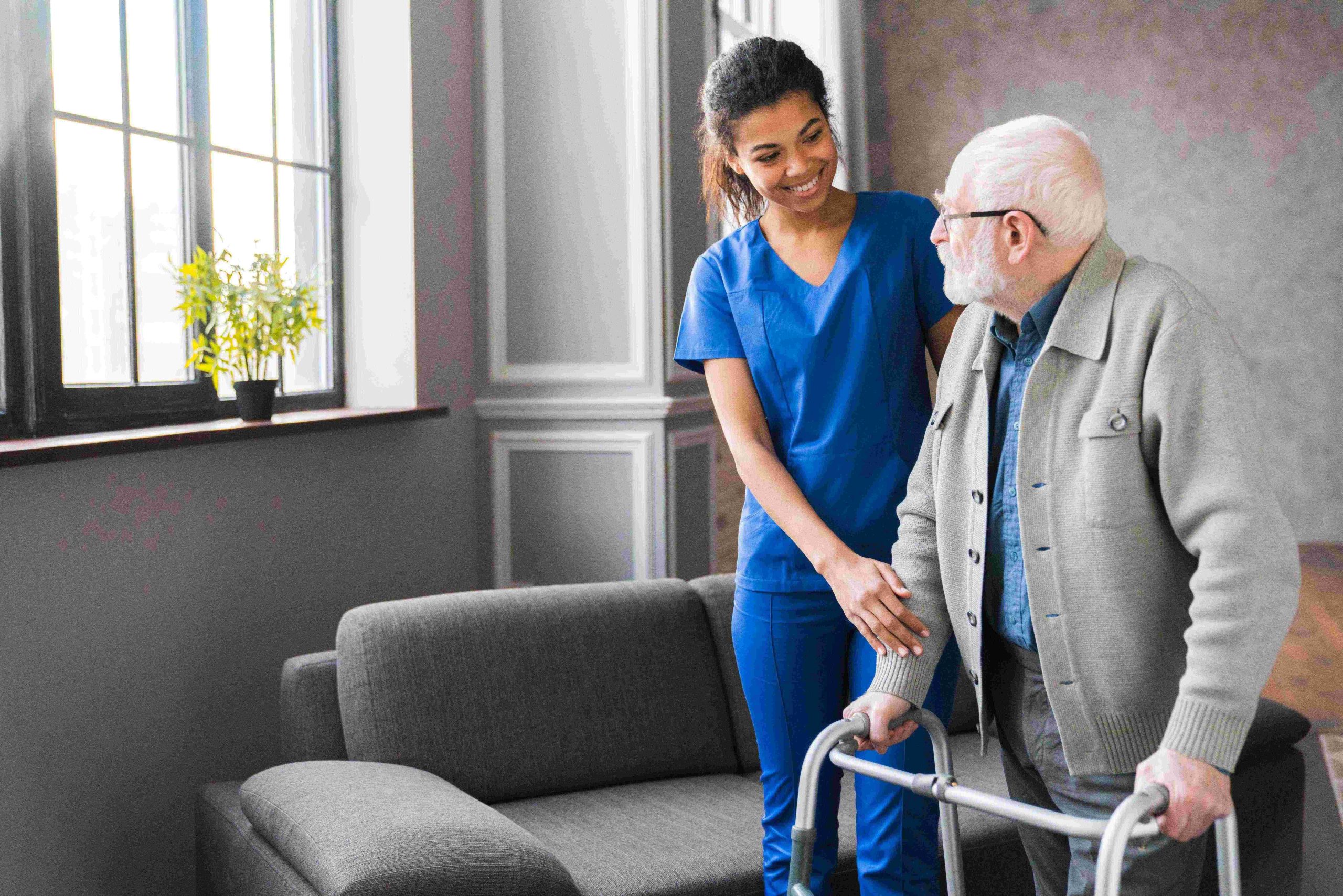How to choose the right mobility equipment for your loved ones. Mobility or the ability to move freely from one location to another is an essential part of daily life. Reduced or absent mobility, whether as a result of surgery, sickness, or aging, can have a significant influence on one’s capacity to live independently or age in place, so it’s important to know what mobility aids are available and which one would be the best fit for you or a loved one. After all, it would be wise to say that if you know how to choose the right mobility aid for loved ones, it would save time and money.
Types of Mobility Aids
- Canes
- Wheelchairs
- Transport Chairs
- Rollators
- Walkers
- Crutches
- Knee scooters
- Lifting Seats
Power Wheelchair
People who require full-time mobility assistance both inside and outside the home and who lack the strength and postural stability to operate a manual wheelchair or power scooter may benefit from a power wheelchair (also known as a power chair).
A motorised wheelchair is the ultimate mobility aid. They provide more mobility and independence for persons who lack the upper body strength or stamina to utilize a manual wheelchair because they are battery-operated versions of a normal manual wheelchair. You can easily pull up to work surfaces, counters, sinks, or the dining room table because they don’t have the frontal impediment of a scooter. Power wheelchairs are also much easier to use than mobility scooters because they are controlled by a joystick on the armrest.
Benefits: Power wheelchairs may be used on a variety of terrain and offer superior maneuverability, allowing you to visit more areas than a scooter (you can turn about in bedrooms, toilets, corridors, and elevators!) You may also pull up workstations, worktops, sinks, and the dining room table. Furthermore, if your physician determines that a Hoveround motorized wheelchair is necessary for you, it may be covered by Medicare, Medicaid, or private insurance.
Drawbacks: It can be difficult to transfer without the use of a ramp or lift, but a wheelchair ramp or lift can be ordered and built quickly to solve this problem).
Mobility Scooter
People who require part-time or occasional outdoor help and lack the strength and balance to utilize a cane, walker, or manual wheelchair may benefit from a mobility scooter.
Benefits: Mobility scooters can be used on a variety of terrain, including paved paths. Manual wheelchairs necessitate more physical effort.
Drawbacks: Mobility scooters necessitate the use of the entire upper body to steer and sufficient upper body power to operate for long periods of time. Due to the frontal occlusion, they are also difficult to use while seated at work surfaces, tables, sinks, and counters. Furthermore, while the scooters are simple to handle, they do take up a lot of areas to navigate, which is why they are best utilized outside, though they may lack stability on rough terrain.
Manual Wheelchair
This is the ideal option for persons who have significant balance issues, little or no use of their lower extremities, and enough upper-body strength to propel the wheelchair.
Benefits: Unlike power wheelchairs and mobility scooters, manual wheelchairs are lightweight and easy to travel, have cheap maintenance expenses, and have an unlimited range because they don’t require batteries.
Drawbacks: Manual wheelchairs are difficult to maneuver for some people and necessitate strong upper body strength, stamina, and coordination.
For more information about the right mobility aid for your patient, you can contact us to discuss your needs.




